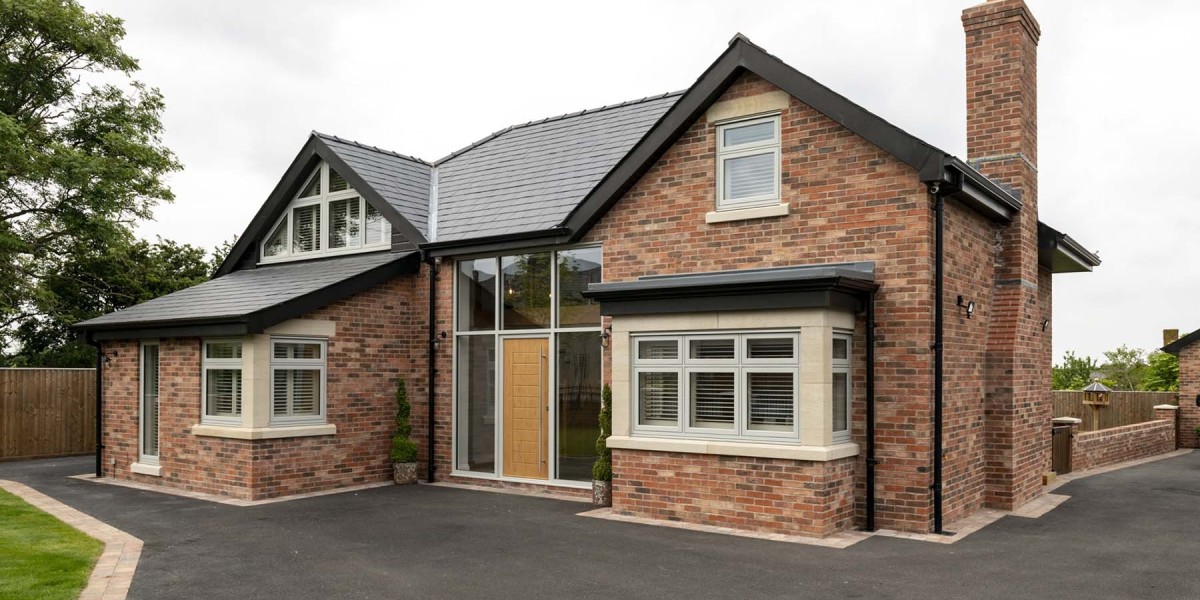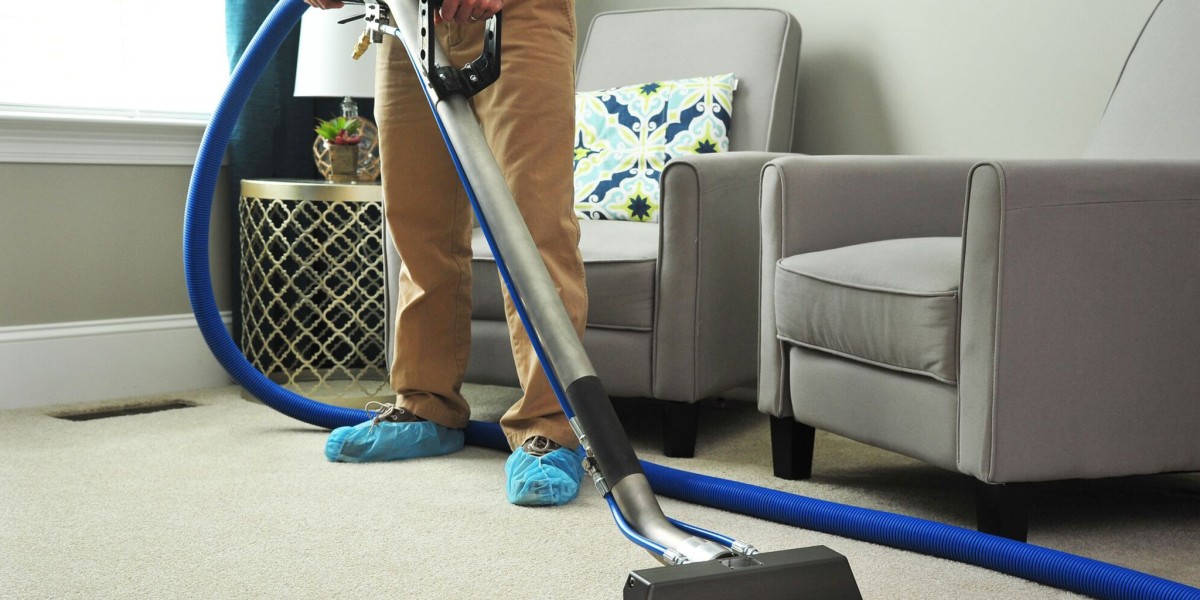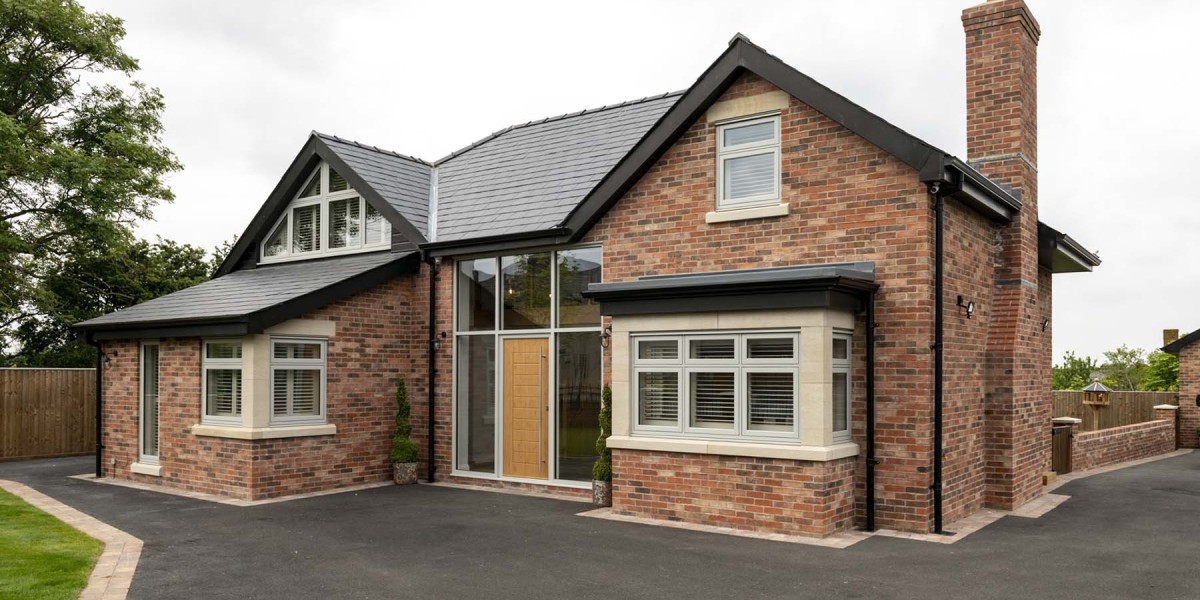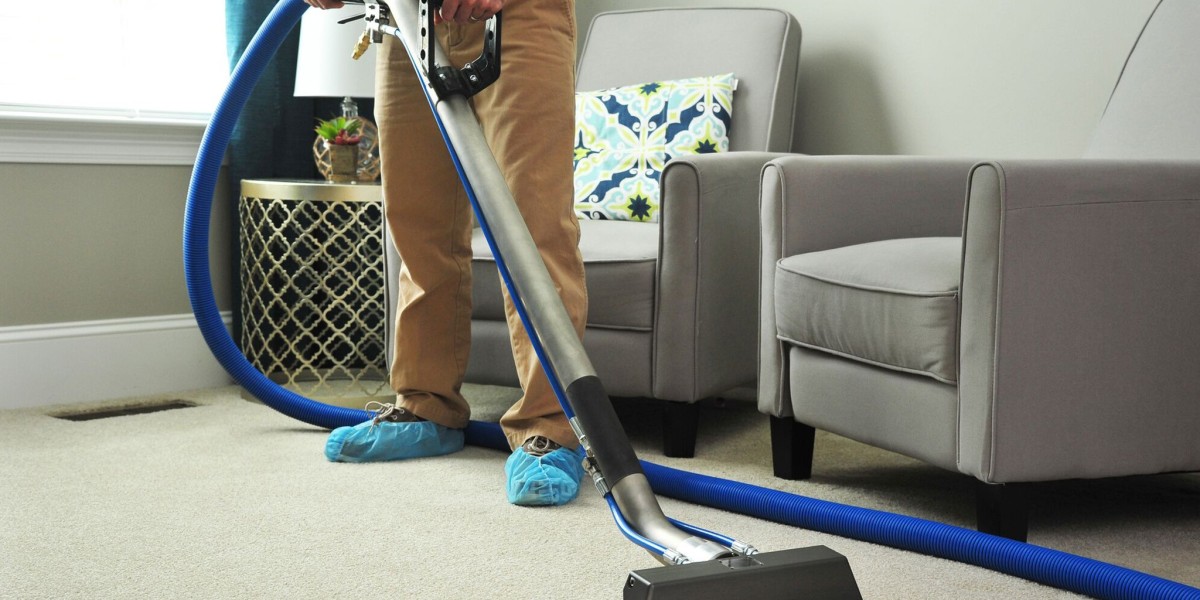Introduction
Aluminium sliding doors have gained immense popularity in residential and commercial architecture due to their modern aesthetic, durability, and functionality. This report aims to provide a detailed analysis of aluminium sliding doors, exploring their design features, benefits, applications, and market trends.
Design Features
Aluminium sliding doors are composed of a frame made from high-quality aluminium, which is lightweight yet strong, allowing for larger glass panels and wider openings. The design typically includes:
- Frame Construction: Aluminium frames are available in various finishes, including anodized, powder-coated, and painted. This versatility allows homeowners and architects to choose finishes that complement their design aesthetics.
- Glass Options: Sliding doors can be fitted with different types of glass, including tempered, laminated, and low-E glass, which enhances energy efficiency and safety.
- Track Systems: The sliding mechanism is crucial for smooth operation. High-quality rollers and tracks are designed to ensure easy gliding, even for larger doors.
- Weather Sealing: Aluminium sliding doors are equipped with weather seals to prevent drafts, water ingress, and noise pollution, enhancing their usability in various climates.
Benefits of Aluminium Sliding Doors
- Durability: Aluminium is highly resistant to corrosion, rust, and warping, making it an ideal material for doors exposed to varying weather conditions. This longevity reduces the need for frequent replacements.
- Low Maintenance: Unlike wooden doors that require regular painting and sealing, aluminium doors need minimal upkeep. A simple wipe with a damp cloth is often sufficient to maintain their appearance.
- Energy Efficiency: When fitted with double or triple glazing, aluminium sliding doors can significantly improve thermal insulation, reducing energy costs for heating and cooling.
- Aesthetic Appeal: The sleek, modern look of aluminium sliding doors enhances the visual appeal of any space. Their ability to create a seamless transition between indoor and outdoor areas is particularly valued in contemporary architecture.
- Space-Saving Design: Sliding doors do not require extra space to swing open, making them ideal for areas where space is limited. This feature is particularly beneficial in smaller homes or apartments.
Applications
Aluminium sliding doors are versatile and can be used in various settings:
- Residential Spaces: Homeowners often choose aluminium sliding doors for patios, balconies, and backyards, creating an open and inviting atmosphere.
- Commercial Buildings: Many businesses utilize sliding doors for storefronts, offices, and conference rooms, allowing for easy access while maintaining a professional appearance.
- Public Spaces: Aluminium sliding doors are commonly found in hotels, restaurants, and malls, providing a modern entryway that enhances the overall aesthetic of public areas.
Market Trends
The market for aluminium sliding doors is influenced by several trends:
- Sustainability: With a growing emphasis on eco-friendly building materials, manufacturers are focusing on sustainable practices in the production of aluminium doors. Recycled aluminium is becoming increasingly popular, appealing to environmentally conscious consumers.
- Smart Technology Integration: The rise of smart homes has led to the integration of technology into sliding doors. Features such as automated opening mechanisms and security systems are becoming more common.
- Customization: Consumers are increasingly seeking personalized solutions. Manufacturers are responding by offering a range of customization options, including different colors, finishes, and configurations.
- Minimalist Design: The trend towards minimalism in architecture and interior design has boosted the demand for slim-profile aluminium sliding doors that maximize glass area and natural light.
Challenges
Despite their many advantages, aluminium sliding doors face certain challenges:
- Initial Cost: The upfront cost of aluminium sliding doors can be higher than traditional wooden doors. However, the long-term durability and low maintenance costs often justify the investment.
- Thermal Conductivity: Aluminium is a good conductor of heat, which can lead to energy loss if not properly insulated. Manufacturers are addressing this by using thermal breaks in the frame design to improve energy efficiency.
- Potential for Scratches: While aluminium is durable, it can be susceptible to scratches and dents. Choosing high-quality finishes and regular maintenance can mitigate this issue.
Installation Considerations
Proper installation is crucial for the performance of aluminium sliding doors. Key factors to consider include:
- Professional Installation: Hiring experienced professionals ensures that the doors are installed correctly, preventing issues such as misalignment or improper sealing.
- Structural Support: The installation site must be adequately prepared to support the weight of the sliding doors, particularly if large glass panels are used.
- Weatherproofing: Ensuring that the doors are properly sealed against the elements is essential for performance and longevity.
Conclusion
Aluminium sliding doors offer a blend of aesthetic appeal, durability, and functionality, making them an excellent choice for both residential and commercial applications. With ongoing advancements in design and technology, the market for these doors is expected to continue growing. By understanding the benefits, applications, and trends associated with aluminium sliding doors, consumers and architects can make informed decisions that enhance their spaces while embracing modern design principles.
References
- "Aluminium Doors and Windows: A Guide to Choosing the Right Products" - Building Research Establishment
- "The Benefits of Aluminium Sliding Doors" - Home Improvement Magazine
- "Trends in Aluminium Door Design" - Architectural Digest
- "Sustainable Building Materials: The Rise of Recycled Aluminium" - Green Building Journal








